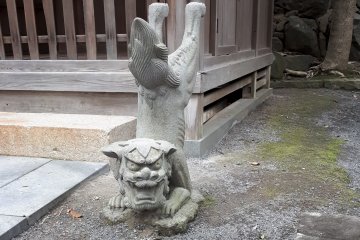
Suwa Shrine
Sleiman AziziSuwa Shrine is Nagasaki's premier Shinto shrine. Built in the 1600s, the shrine is an important spiritual centre and contains many interesting features.

The Chinzei Suwa Shrine has a long and complicated history. It began in 1614, the same year as Tokugawa's Edict Against Christianity. The shrine was established to unite the community against the growing population of Christian-converted Japanese in the area who the number of Shinto and Buddhist populations exceeded, and many local Christians resolved to destroy the shrine's progress until a priest, Aoki Kensei, came to Nagasaki in 1624 and stopped the interference.
The shrine was later used as a census site in 1634 and required Christians to register and renounce their beliefs or face extreme punishments and, in severe cases, death.
Ride the streetcar to Suwa Jinja and climb the 277 steps to the shrine.

Suwa Shrine is Nagasaki's premier Shinto shrine. Built in the 1600s, the shrine is an important spiritual centre and contains many interesting features.
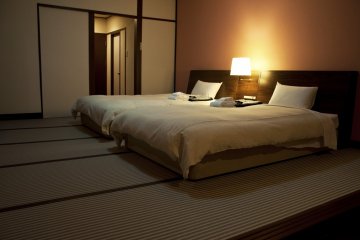
If you are thinking to visit the historic, romantic and exotic Nagasaki, why not stay at the great Hotel Nisshokan? It is placed a 10 minutes drive from Nagasaki station on a hilltop and features spectacular views of Nagasaki. Known as the 10 million dollar nightscape, Nagasaki was selected as one of the three best night views in the world in 2012.

My plan was to spend some time in the amazing and fascinating city of Nagasaki. I wanted to explore each inch of the city, and Hotel Cuore Nagasaki-Ekimae was exactly what I was looking for. This hotel offers great value in an excellent location, just in front of the main station (JR Nagasaki station) and therefore pretty much in the center of town. So it is a perfect base for sightseeing and traveling around the city. Nagasaki Prefectural bus station is also just around the corner (it's a 2-minute walk), and the streetcars stop right in front of the hotel. This was actually the best, as I love streetcars and I love cities where you can still enjoy them.
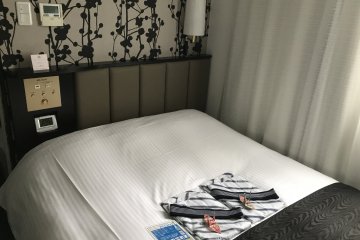
For proximity to transport, the APA Hotel Nagasaki Ekimae is a convenient home base in Nagasaki City. The rooms are small but functionally laid out, and prices are very reasonable.
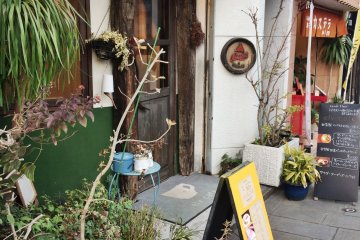
Elv is a quaint cafe, situated in the heart of Nagasaki city. With delicious food and wonderful staff, it is sure to capture your heart in just one visit.
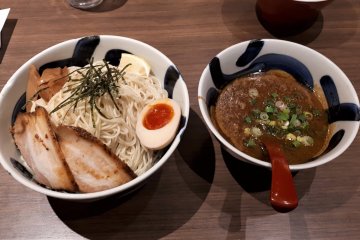
Tasty and reasonably priced ramen bar in Nagasaki, in Kyushu in western Japan. It's known for its noodles and tonkotsu pork broth, and the modern interior design is spacious and communal.

Tucked away on the restaurant floor of the Amu Plaza Mall in Nagasaki is Indian Restaurant Milan. The eatery has a range of tasty curries on offer, with attentive service and friendly staff.
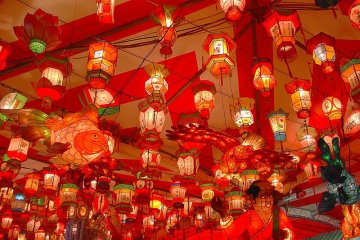
Nagasaki Shinchi Chinatown is the oldest of its kind in Japan. There are only three Chinatowns in Japan. The district in downtown Nagasaki extends over about a city block and is home to a variety of shops and restaurants. In addition to mainland China-inspired dishes such as Chanpon and Sara Udon can be found here as well as other Chinese foods and much more. Visitors flock here every year for the food and especially for the New Year celebrations. The festival dates vary from year to year, but usually take place from late January to March. During the Chinese New Year celebrations, Chinatown becomes the center of the Nagasaki Lantern Festival, a popular event that sees thousands of lanterns illuminate the city.
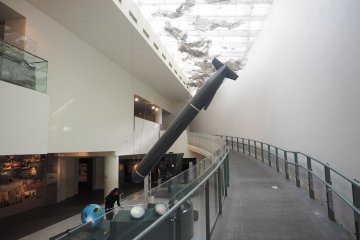
The Nagasaki Atomic Bomb Museum houses artifacts, relics and information related to the tragic atomic bombing of August 9, 1945. It is the sister museum of the museum in Hiroshima, which also depicts the tragedies of atomic war and the suffering of the victims. These two places commemorate the Visitors to the arbitrary nature of the war and the victims of the aftermath. Many of the objects shown have a rousing effect, such as Burned clothes, broken toys or even a tattered water tower that once stood at Keiho Junior High School, only 800 meters from the hypocenter of the bomb. You can also find out what efforts were made to promote nuclear disarmament in the post-war period.
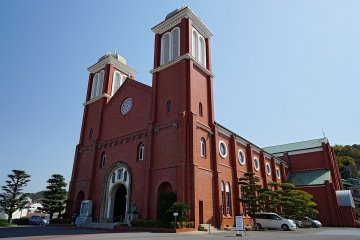
The Urakami Catholic Cathedral is located in Urakami, Nagasaki Prefecture, and was completely destroyed during the atomic bombing of Nagasaki in 1945. Despite the catastrophic loss of the symbol of their faith, the local Catholics urged the local government to allow them to return to the cathedral in the same location In 1959 the building was completed. Today it is a functioning church housed in a large, red brick European-style building. The cathedral also houses various relics that survived the atomic bomb attack. There is another fascinating facet of the cathedral's history: construction of the complex began in 1895, right where image-trampling ceremonies had previously been performed, to eradicate Christianity during the period of religious prohibition in Japan. During these ceremonies, people were forced to trample biblical images to expose secret Christians. The church was built in this place as a message of resilience.